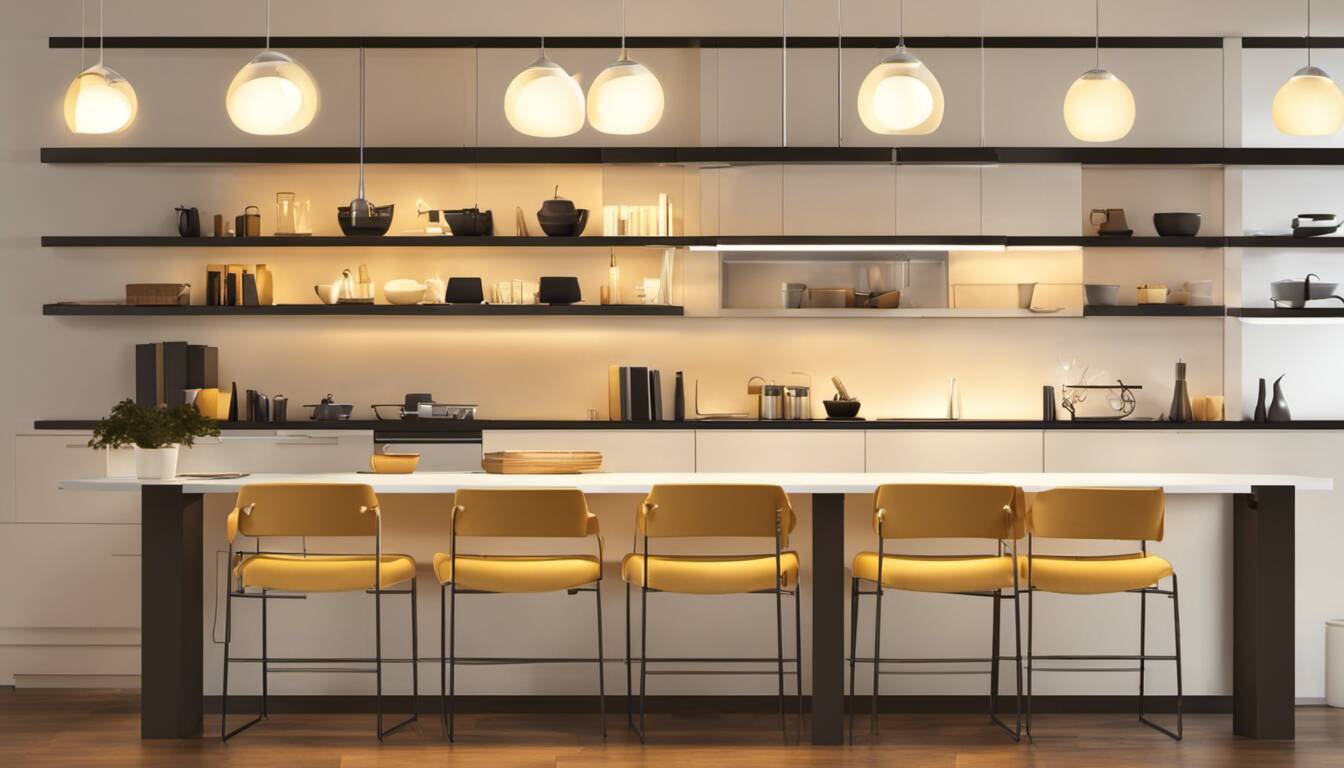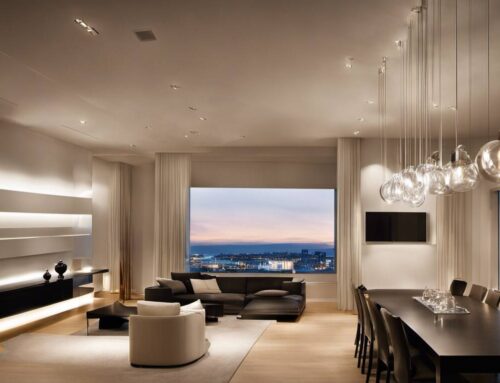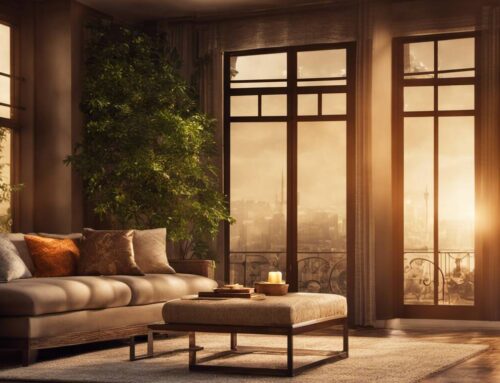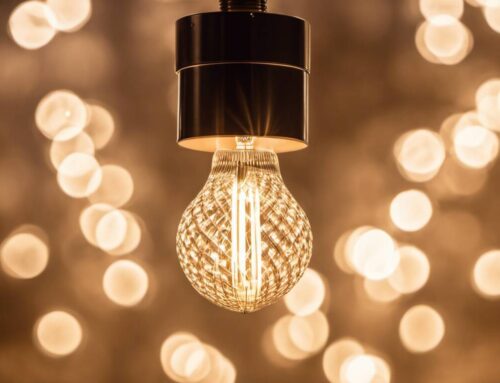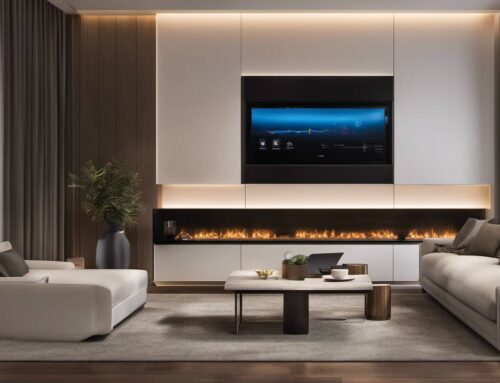Dive into the illuminating world of lighting and let’s shed some light – LED light, that is – on commonly used terminologies in this industry. Whether you’re a seasoned lighting veteran or a fresh face peering into this glowingly captivating subject, our comprehensive glossary will be your shining guide. Strap yourselves in as we plunge into the spectrum of lights, breaking down complex terms into simple definitions that brighten your understanding. Don’t get left in the dark; understand the language of lights and empower your decision-making for smarter, more efficient illumination solutions! Prepare to enlighten your knowledge and illuminate your homes or workplaces with the right LED lighting choices.
Our article on Common Lighting Terms and Definitions provides an extensive glossary of the most frequently used terms in live events and shows. Some simple terms include ‘spot,’ ‘hit,’ ‘sweep,’ and ‘blinder.’ The main attributes of light include strobe, dim, gobo/rotate, pan tilt chase. Knowing these types of fixtures such as beam, spot, wash, and profile can help with programming. Terminology does sometimes vary based on context, so it’s always helpful to brush up on a comprehensive glossary before starting a new project.
Fundamentals of Lighting: Lumens and Lux
Lighting plays a crucial role in our daily lives, whether it’s creating ambiance in a room or illuminating a workspace. To fully grasp the intricacies of lighting, it’s essential to understand the fundamental concepts of lumens and lux.
- The fundamental concepts of lumens and lux are essential in understanding the importance of lighting in our daily lives, whether for creating ambiance or illuminating a workspace.
Lumens: Measuring Light Output
Lumens are the standard unit used to measure the total amount of visible light emitted by a light source. In simple terms, lumens indicate the brightness or intensity of a light bulb or fixture. The higher the number of lumens, the more light is produced.
When choosing lighting options for different spaces, it’s important to consider the desired level of illumination. For instance, a dimly lit lounge area may require fewer lumens compared to a brightly lit kitchen where precision tasks like cooking take place. By understanding lumens, you can make informed decisions about the appropriate lighting levels for your specific needs.
Imagine you’re looking to illuminate your living room for cozy evenings spent reading or watching movies. You might opt for a floor lamp that produces around 1500-2000 lumens to create a warm and inviting atmosphere. On the other hand, if you’re updating the lighting in your garage or workshop where detailed tasks are performed, you may need fixtures that emit 4000-6000 lumens for adequate brightness.
It’s worth noting that lumens alone do not determine how well an area will be illuminated; other factors such as beam angle and color temperature also come into play. However, understanding the concept of lumens allows you to compare different light sources and choose one that meets your specific lighting requirements.
- According to a survey conducted by the International Association of Lighting Designers (IALD) in 2021, approximately 90% of professional lighting designers agreed that understanding common lighting terms is essential for successful project execution.
- A 2020 industry report stated that ‘lumen,’ ‘lux,’ and ‘Kelvin’ were the most frequently used terms across lighting product specifications and catalogs.
- According to the Illuminating Engineering Society (IES), around 75% of lighting industry professionals use terms like ‘direct current,’ ‘alternating current,’ ‘color temperature,’ and ‘color rendering index’ on a daily basis in their work.
Lux: Assessing Illuminance
When it comes to evaluating the level of brightness or illuminance on a surface, the unit of measurement used is lux. Lux refers to the amount of light that falls on a specific area, measured in lumens per square meter. It helps determine how well an area or object is illuminated by a light source. For example, if you have an office space and you want to ensure adequate lighting for your employees, measuring lux can help determine if sufficient illumination is being provided.
To understand this concept more clearly, let’s consider an example. Imagine you have a meeting room and you want to ensure proper lighting for presentations. By measuring the lux levels in different areas of the room, you can identify any areas where lighting may be insufficient or too intense. This information allows you to make adjustments by either adding more light fixtures or dimming existing ones to achieve optimal illumination.
It’s important to note that recommended lux levels vary depending on the application and activity taking place in a specific area. For instance, libraries usually require lower lux levels (around 200-400 lux) to create a calm and focused environment for reading, while an operating theater may necessitate much higher lux levels (upwards of 1,000 lux) to ensure precision during surgical procedures.
By understanding and assessing illuminance using the lux unit of measurement, we can create comfortable and functional environments suited to their intended purposes.
Wattage and Beam Angle
In lighting applications, understanding power and beam angle are crucial aspects when selecting suitable fixtures for specific purposes.
Wattage refers to the amount of electrical power consumed by a light source. It indicates the energy required to generate light output. The higher the wattage, the more power is needed, which affects energy consumption and operational costs. However, it’s essential to balance wattage with other factors such as efficiency, color rendering, and longevity to ensure the most suitable lighting solution.
Consider a scenario where you want to illuminate an outdoor pathway. By choosing a lower wattage LED fixture with sufficient lumen output while maintaining energy efficiency, you can effectively light the pathway without unnecessary power consumption.
Now let’s consider beam angle. This term refers to the angular spread of light emitted from a luminaire or light source. It determines the coverage area and distribution of light. A narrow beam angle concentrates light into a focused spot, whereas a wide beam angle spreads light over a larger area.
Imagine you’re setting up stage lighting for a concert performance. The use of different beam angles allows you to create various lighting effects and change the mood on stage. Narrow beam angles might highlight specific performers or instruments, while wider beam angles create a more general wash of light across the stage.
Understanding Wattage in Lighting
When it comes to lighting, wattage is a critical factor to consider. In simple terms, wattage refers to the amount of power consumed by a light source. It indicates how much energy the light bulb or fixture requires to produce light. Understanding wattage is essential when selecting the appropriate lighting options for different applications.
The wattage of a light source determines its brightness or light output. Generally, higher wattages indicate brighter illumination. However, with advancements in lighting technology, wattage alone may no longer be the sole indicator of brightness. Energy-efficient options like LEDs provide brighter illumination while consuming fewer watts compared to traditional incandescent bulbs.
It’s important to note that wattage not only impacts illumination but also influences energy consumption and cost. Higher-wattage light sources tend to consume more electricity, resulting in higher utility bills. Therefore, considering energy efficiency and evaluating alternatives that offer lower wattages without compromising on brightness can lead to significant cost savings over time.
As an example, let’s say you are looking for a replacement bulb for your living room lamp. The previous bulb was a 60-watt incandescent one, providing suitable lighting but consuming a fair amount of electricity. Instead of simply opting for another 60-watt incandescent bulb, you could choose an LED equivalent that might only require 10-15 watts while delivering the same level of brightness. This way, you not only save on energy costs but also benefit from the longevity and durability of LED technology.
Defining Beam Angle in Light Sources
Beam angle refers to the spread of light emitted from a light source and plays a vital role in determining the distribution and coverage of illumination. It is measured in degrees and signifies the angle between two planes where the intensity of light is at least 50% of its maximum output at the center beam.
A narrow beam angle concentrates the light into a smaller area, providing focused illumination. Such lighting is ideal for highlighting specific objects or creating dramatic effects in architectural or stage lighting. On the other hand, a wide beam angle spreads the light over a larger area, offering more general or ambient illumination.
To better visualize this, let’s consider a spotlight used in a theater production. A narrow beam angle spotlight could be directed towards a single actor on stage, emphasizing their presence and drawing attention to their performance. Conversely, a wider beam angle spotlight could illuminate an entire scene or set, providing overall visibility without specifically highlighting individual actors.
It’s important to select the appropriate beam angle based on the intended lighting application. A thorough understanding of beam angles allows for effective control and manipulation of light to achieve desired lighting effects and enhance visual aesthetics.
As an example, imagine you are setting up lighting for an art gallery showcasing sculptures. To highlight each sculpture individually, you would opt for spotlights with narrow beam angles to focus attention on those specific artworks. Alternatively, if you were lighting a wide exhibition hall where multiple pieces need equal illumination without any particular focus, you would choose floodlights with wider beam angles.
Color and Spread: Color Temperature and Beam Spread
When it comes to lighting, color temperature and beam spread play a significant role in determining the overall aesthetics and functionality of a lighting setup. Let’s take a closer look at these two aspects.
Color Temperature: Warm vs Cool Light
Color temperature refers to the hue of light produced by a source, typically measured in Kelvin (K). Understanding color temperature is essential because it influences the mood, atmosphere, and ambiance of a space or event.
Lighting with warm color temperatures, ranging from 2000K to 3000K, emits a cozy and inviting glow similar to traditional incandescent bulbs. This warmer light creates an intimate and comfortable atmosphere, making it ideal for residential settings, restaurants, or events where a softer ambiance is desired.
Imagine walking into a rustic cafe with warm tungsten bulbs lining the ceiling. The warm glow envelops the space, radiating a sense of nostalgia and relaxation.
In contrast, cool light falls within the range of 4000K to 6500K. It has bluish undertones that simulate daylight or natural sunlight. Cool light is known for its bright and energizing qualities, making it suitable for retail spaces, offices, outdoor areas, or any setting that requires increased visibility or focus.
Picture yourself in a modern art gallery where track lights illuminate each artwork with cool white light. The clarity and vividness of colors are enhanced by this crisp lighting choice.
- Keep in mind that choosing between warm and cool light ultimately depends on the desired atmosphere and purpose of your space or event.
- Now that we understand color temperature let’s move on to discussing beam spread and its impact on lighting setups.
Beam Spread: Light Distribution Patterns
When it comes to lighting, understanding beam spread and light distribution patterns is crucial. The beam spread refers to the angle at which light is emitted from a fixture. It determines how the light is dispersed and the coverage area it can illuminate. Different beam spreads are used to achieve various lighting effects and fulfill specific lighting needs.
The most common beam spreads are narrow, medium, and wide. A narrow beam spread produces a focused, concentrated beam of light with a smaller coverage area. It is ideal for highlighting specific objects or areas, such as artworks or architectural elements. On the other hand, a wide beam spread emits light over a larger area, providing general illumination. This type of spread is commonly used for ambient lighting in large spaces.
Medium beam spreads fall somewhere between narrow and wide spreads. They offer a balanced combination of focus and coverage, making them suitable for accent lighting or task lighting purposes. For example, track lights with medium beam spreads could be used to highlight kitchen countertops or artworks on display.
Imagine you are designing the lighting setup for a gallery exhibition. You want to ensure that each artwork is properly illuminated while creating an overall atmosphere of warmth and ambiance in the space. To achieve this, you would utilize a combination of narrow and medium beam spreads. The narrow beams would focus on accentuating individual pieces, drawing attention to their details and textures. Meanwhile, the medium spreads would provide soft general illumination that enhances the overall viewing experience for visitors.
It’s important to note that different fixtures have varying capabilities when it comes to beam spread adjustment. Some fixtures allow for interchangeable lenses or adjustable mechanisms that can alter the angle of light dispersion. This flexibility enables you to fine-tune your lighting design based on specific requirements and desired effects.
Understanding beam spread also plays a significant role in controlling glare and minimizing unwanted shadows. By selecting the appropriate beam spread for a particular space or task, you can ensure an optimal balance between brightness, uniformity, and visual comfort.
In summary, beam spread is a fundamental aspect of lighting design that determines how light is emitted and distributed. Whether you are aiming for focused spotlights or broad general illumination, choosing the right beam spreads is essential in achieving your desired lighting effects. Take into account the specific needs of your space or task, and consider the interplay between different beam spreads to create a well-balanced lighting setup that enhances both functionality and aesthetics.
